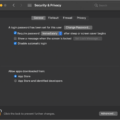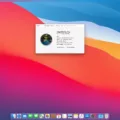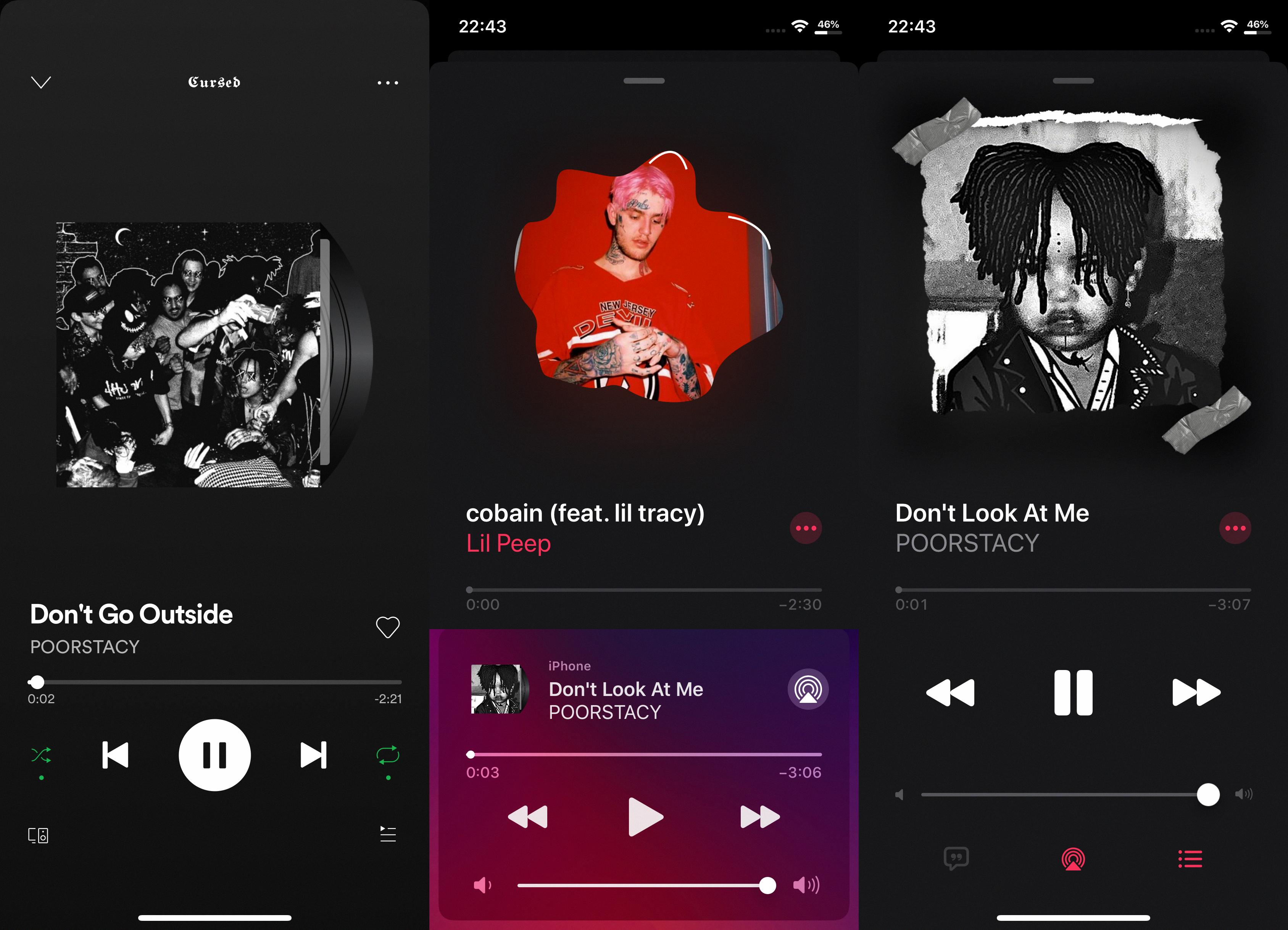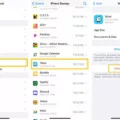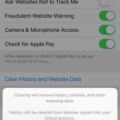If you’re a Spotify user on a Mac and experiencing lag or slow performance, you’re not alone. Many users have reported this issue, but fret not, as there are several solutions to help you tackle this problem. In this article, we’ll explore some common reasons behind Spotify lagging on Mac and provide you with step-by-step instructions on how to fix it.
One of the most common causes of Spotify lagging on Mac is an overloaded cache. The cache is a temporary storage that stores data to help the app load faster. However, over time, this cache can become overloaded, leading to slowdowns and performance issues. To fix this, follow these steps to clear the cache:
1. Quit Spotify: Make sure Spotify is closed completely before proceeding.
2. Open Finder: Click on the Finder icon in your dock or go to the top left corner of your screen and select “File” from the menu.
3. Go to “Go”: In the drop-down menu, select “Go to Folder.”
4. Enter the cache folder: In the dialog box that appears, type “~/Library/Caches/com.spotify.client” and click “Go.”
5. Delete cache files: Once you’re in the cache folder, select all the files and folders inside it and move them to the Trash. You may be prompted to enter your administrator password to confirm the deletion.
6. Empty Trash: After moving the cache files to the Trash, right-click on the Trash icon in your dock and select “Empty Trash” to permanently delete them.
Once you’ve cleared the cache, launch Spotify again and see if the lagging issue persists. If it does, you can try changing Spotify’s install location to your Mac’s internal storage. Here’s how:
1. Quit Spotify: Close the Spotify app completely.
2. Open Finder: Click on the Finder icon in your dock or go to the top left corner of your screen and select “File” from the menu.
3. Go to “Applications”: In the drop-down menu, select “Applications.”
4. Find Spotify: Locate the Spotify app in the Applications folder.
5. Move Spotify: Drag the Spotify app to your Mac’s internal storage, such as the Applications folder or the desktop.
6. Launch Spotify: Double-click on the Spotify app in its new location to launch it.
Changing Spotify’s install location can help improve the app’s performance by allowing it to run directly from your Mac’s internal storage, rather than an external storage device like an SD card.
By following these steps, you should be able to resolve any lagging or slow performance issues with Spotify on your Mac. However, if the problem persists, you may want to consider updating your Mac’s operating system, checking for any available updates for the Spotify app, or even reinstalling the app altogether.
Remember, troubleshooting technology issues can sometimes be a trial-and-error process, so don’t get discouraged if the first solution doesn’t work. Keep trying different methods until you find the one that works best for you.
With these tips in mind, you can now enjoy uninterrupted music streaming on Spotify without any lag or performance issues. Happy listening!
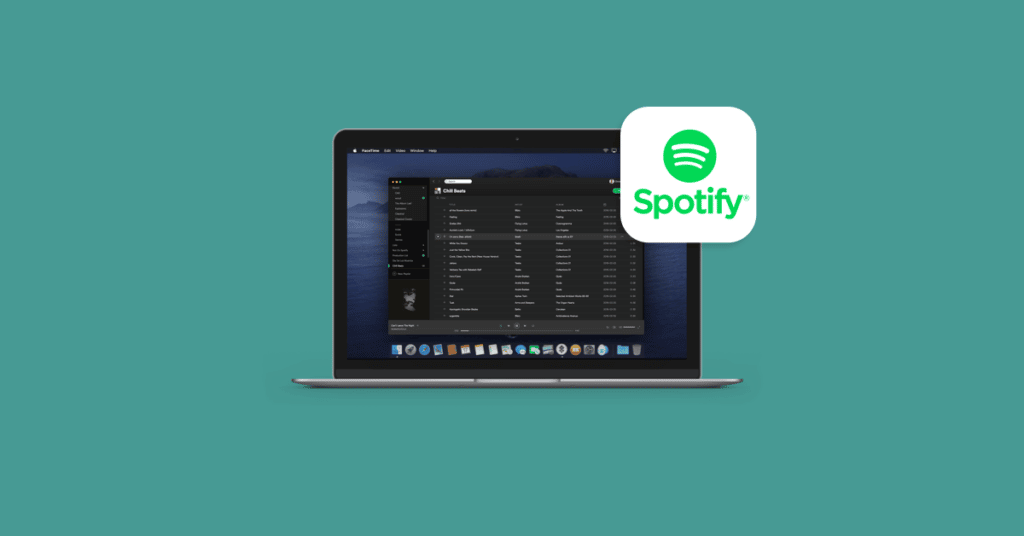
Why is Spotify Desktop So Laggy?
The Spotify desktop app can become laggy due to various reasons. One of the most common causes is an overloaded cache on your desktop. The cache refers to a temporary storage location where Spotify stores files and data to help improve the app’s performance. However, when the cache becomes full, it can lead to slow loading times and overall sluggishness.
Here are some reasons why a full cache can cause Spotify desktop to run slowly:
1. Increased data retrieval time: When the cache is full, Spotify needs to constantly retrieve data from other sources, such as the internet or your hard drive. This process takes more time, resulting in slower loading times for songs, playlists, and other content.
2. Limited memory resources: A full cache consumes a significant amount of your computer’s memory resources. This can lead to a lack of available memory for other tasks, causing the overall performance of your computer and the Spotify app to suffer.
3. Fragmented cache files: Over time, the cache files can become fragmented, meaning they are split into smaller parts scattered across your hard drive. This fragmentation further slows down the retrieval process, as Spotify needs to locate and access these scattered files.
4. Outdated or corrupted cache files: Cached files can become outdated or corrupted, impacting the app’s performance. Outdated files may no longer be optimized for the current version of Spotify, leading to compatibility issues and slowdowns. Corrupted files can cause errors or crashes within the app.
Clearing the cache can help resolve these issues and improve the performance of the Spotify desktop app. By clearing the cache, you remove unnecessary files and allow Spotify to create fresh cache files, optimizing its performance.
To clear the cache in the Spotify desktop app, follow these steps:
1. Open Spotify and click on the “Edit” option in the top menu bar.
2. Select “Preferences” from the drop-down menu.
3. Scroll down to the “Cache” section.
4. Click on the “Clear Cache” button.
5. Confirm the action when prompted.
6. Restart the Spotify app.
After clearing the cache, Spotify will start creating new cache files as you use the app, which should help improve its performance and reduce lag.
Remember, clearing the cache will not delete your downloaded songs or playlists. It only removes temporary files that are stored to enhance the app’s performance.
Why is Your Spotify Lagging So Much?
There could be several reasons why Spotify is lagging on your device. Here are some possible causes:
1. Slow internet connection: If your internet connection is slow or unstable, it can cause buffering issues and make Spotify lag. You can try switching to a different network or connecting to a more stable Wi-Fi network.
2. Outdated app version: Using an outdated version of the Spotify app can lead to performance issues. Make sure you have the latest version of the app installed by checking for updates in your device’s app store.
3. Insufficient device storage: If your device’s internal storage is running low, it can affect the performance of apps, including Spotify. Ensure that you have enough free space on your device by deleting unnecessary files or apps.
4. Background apps and processes: Other apps running in the background can consume system resources and impact Spotify’s performance. Close any unnecessary apps or processes to free up resources for Spotify.
5. Cache and data buildup: Over time, the cache and data accumulated by the Spotify app can slow it down. Clearing the cache and data can sometimes resolve performance issues. To do this, go to your device’s settings, find Apps or Application Manager, locate Spotify, and then clear its cache and data.
6. Device hardware limitations: If your device has low RAM or a slower processor, it may struggle to run resource-intensive apps like Spotify smoothly. Consider upgrading your device if you frequently experience lagging issues with multiple apps.
7. Server issues: Occasionally, Spotify’s servers may experience high traffic or temporary issues, which can result in lagging. In such cases, the problem is usually on Spotify’s end, and you can try again later.
If none of these solutions work, you may want to reach out to Spotify’s support team for further assistance.
Conclusion
If you are experiencing slow performance or lagging issues with the Spotify desktop app on your Mac, it is likely due to an overloaded cache. Clearing the cache can significantly improve the app’s loading times and overall performance.
Additionally, changing Spotify’s install location from an SD card to your device’s internal storage can also help speed up the app. By granting Spotify access to your device’s internal storage, it can optimize its performance and reduce any potential bottlenecks caused by external storage devices.
It is important to note that a full cache can not only slow down the app, but it can also cause other issues such as freezing or crashing. Therefore, regularly clearing the cache is essential to maintain smooth and uninterrupted playback on Spotify.
By following these steps and optimizing your Spotify settings, you can ensure a seamless and enjoyable music listening experience on your Mac.

